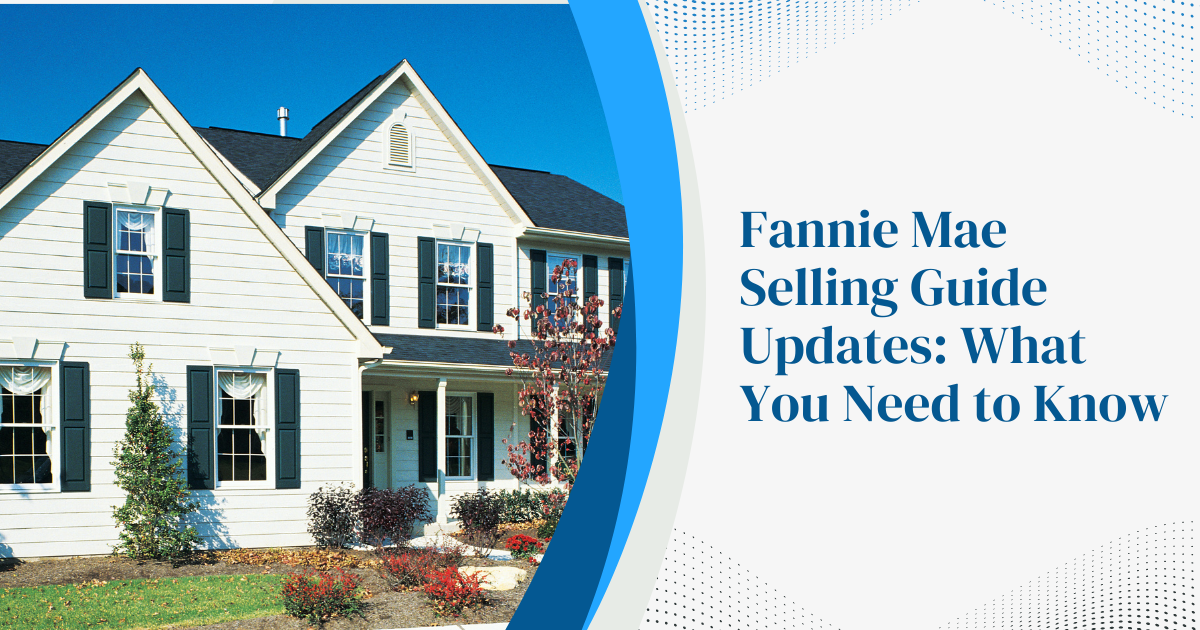Should you adjust your thinking on adjustable-rate mortgages (ARMs)?
Original Source: readynest.com
Knowing what’s a good deal and what’s not with personal loans is challenging. Predatory lending takes advantage of this by offering tempting deals that wind up being too good to be true. So it’s essential to know what to look for to avoid becoming a victim.
This guide will provide you with practical tips for avoiding predatory lenders and advice to protect yourself from their various schemes.
Why fixed-rate mortgages have been so popular – and why adjustable-rate mortgages are making a comeback
When you think about it, it isn’t surprising that fixed-rate mortgages have been so dominant. As the name implies, a fixed-rate mortgage is just that…fixed at that rate, meaning it won’t change for the entirety of the mortgage. Interest rates were so low for so long that the idea of “locking” the rate in made perfect sense. In addition, the difference between the interest rate on a fixed-rate mortgage and an adjustable-rate mortgage has been almost nonexistent.
Plus, ARMs add a layer of complexity with scary words like Index, Margin, and Initial, Subsequent and Lifetime Caps.
However, as interest rates begin to rise, and the difference between fixed-rate mortgages and ARMs begins to widen, we see renewed interest in ARMs. After all, very often an ARM will start with a lower interest rate, and therefore a lower monthly payment. That you are reading this blog may show your own renewed interest.
So, let’s take a moment to “de-scarify” some of the terms and we’ll see that ARMs aren’t as complicated as they appear at first. Once we better understand how ARMs work, we’ll examine who should consider them and why, so you can determine if an ARM may be right for you when buying a home.
How ARMs work
A fixed-rate mortgage is fixed for the entire term of the loan, most commonly 30 years as a 30-year term will have a lower monthly payment than a 15-year term.
With an adjustable-rate mortgage, the initial rate (the rate you have at the start that is used to determine your monthly mortgage payment) is fixed for a set period of 1 to 15 years, sometimes known as the initial fixed rate period. 5 and 7 years are perhaps the most common initial fixed-rate periods. From there, the interest rate will adjust at certain set time periods. Depending on the ARM it could be every 6 months or every year.
With a 5/1 ARM, the interest rate would stay unchanged for the first 5 years of the mortgage, then adjust every year thereafter. A 7/6 ARM would have an initial rate set for 7 years and adjust every 6 months.
Okay, but adjust to what? This is where the term index comes into play. The index is one of 2 variables that will determine the new rate and thus the homebuyer’s new monthly mortgage payment. The lender will set the index to be used. There are several indexes, but common ones include the Secured Overnight Financing Rate (SOFR) and the Constant Maturity Treasury (CMT).
The index alone doesn’t tell us the new rate. For that we need to also know what the margin is. The new interest rate at the time of adjustment is the sum of the current index rate plus the margin. Typically, the margin is 2%-3% and won’t change over the life of the loan.
So, let’s walk through an example. As of mid-June 2022, interest rates for 30-year fixed-rate mortgages were around 5.75%. Let’s assume a person selected instead to do a 5/1 ARM, which around the same time had an interest rate of 4.33%. The initial rate would be 4.33% and remain fixed for the first 5 years of the loan.
After 5 years the rate will adjust. For our example, we’ll say the Index is the SOFR, mentioned above. We don’t know what the SOFR rate will be 5 years from now, but since in mid-June 2022 it was around 1.45%, for our example let’s say it will be 3% in 5 years. Let’s also assume that the margin for the 5/1 ARM was 3%. So 3% + 3% means the new interest rate for the next year will be 6%, up from the initial rate of 4.33%.
Or maybe not! This brings us to rate caps. Because a larger increase in interest rate likely would mean a significant increase in the homebuyer’s monthly payment, lenders use rate caps to limit how large of an increase can occur. There are 3 caps to know about when accepting an ARM:
- The initial adjustment cap limits the amount the rate may change at the first adjustment. A common initial adjustment cap is 2%. In our example above, using an initial rate of 4.33%, the maximum interest rate after adjustment would be 6.33%.
- The subsequent adjustment cap is a limit on how much the rate can change after the first adjustment. Again, 2% is common, but keep in mind that this cap is based on the previous interest rate, not the initial. If the first rate adjustment reached the maximum of 6.33%, at the next adjustment, if a 2% subsequent cap was in place, the maximum new interest rate would be 8.33%.
- The lifetime cap is the limit on how high the interest rate may go over the life of the loan compared to the initial rate. A common lifetime cap may be 5%, which in our example means the homebuyer’s rate will never be more than 9.33%.
What is the advantage of an adjustable-rate mortgage vs a fixed-rate mortgage?
Now that we see how an ARM works, what are the advantages and disadvantages compared to a fixed-rate mortgage?
The biggest advantage of an ARM is that it will typically have a lower rate at the start than a fixed-rate mortgage, especially a 30-year fixed-rate mortgage. That lower rate, however, is only guaranteed for the initial period. That lower rate translates to a lower monthly payment, which could make a mortgage more affordable or provide money to save or invest elsewhere.
The disadvantage? An ARM is more complex than a fixed-rate mortgage and the homebuyer may face a significant increase, even with the caps in place. This could lead to “payment shock” should the monthly mortgage payment increase significantly during an adjustment period.
Is an adjustable-rate mortgage right for you?
Unfortunately, it is impossible for me to answer that for you. You must decide how comfortable you are with your understanding of the specifics of the ARM you are considering and your comfort level with knowing your rate may increase in the future.
I would advise that if you are considering an ARM because you believe the only way you can afford to buy a home is with that lower initial rate, you should probably wait on buying altogether.
However, here are a few items to consider.
- How long do you intend to live in the home? According to the National Association of REALTORS®, in 2021, the average tenure in a home was 8 years before selling. First-time homebuyers often stay in a home for a shorter period than the national average, so if you plan to stay for 4 or 5 years, there is a chance you will move before the first adjustment on an ARM even occurs (depending on the ARM you select)
- Do you anticipate your income changing? If you’re early in your career and believe your income will grow over the next several years, then you may be able to absorb a higher monthly mortgage payment should the rate adjust higher. On the flipside, if you believe your income may decrease, then a safer route may be an affordable fixed-rate loan
- Do you anticipate any large expenses in the near future? If your child will be starting college in 5 years and you will be paying tuition, you may not want to risk a potential increase to your monthly mortgage payment at that same time if you were to take out a 5/1 ARM
The most important advice I can give you is simply to make sure you fully understand how your mortgage works, whether it’s an ARM or a fixed-rate mortgage. If there is something you don’t understand, be sure to ask your loan officer. She is there to help guide you and wants to answer any questions you have!
REALTOR® is a registered trademark of the National Association of REALTORS.
Subscribe to our blog and stay up to date about changes in the market that effect buyers. Or contact us to learn more about mortgage processing services.













